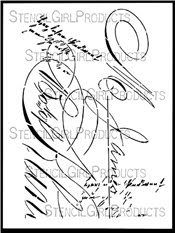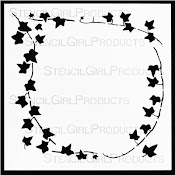StencilGirl Talk: Mary Beth Shaw's VLOG: March 2022
-
StencilGirl Talk: Mary Beth Shaw's VLOG: March 2022: Join Mary Beth in
Amsterdam and Paris! Click here for more information and registration!
Wednesday, July 16, 2014
Friday, July 11, 2014
Thursday, July 10, 2014
Tuesday, July 8, 2014
Thursday, July 3, 2014
Wednesday, July 2, 2014
Subscribe to:
Comments (Atom)




















































































